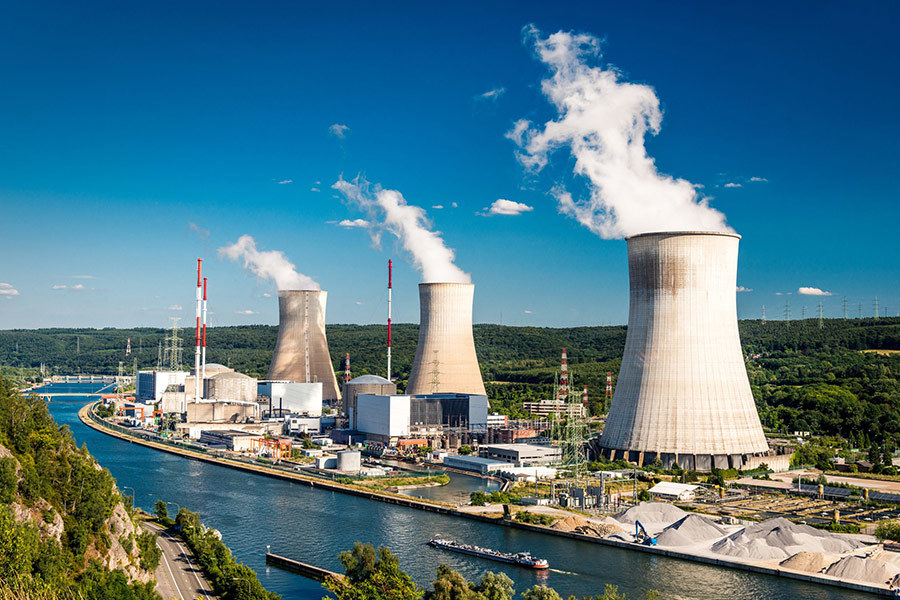Renewable Energy
Waste tires, waste plastic refining equipment: opening a new era of renewable energy

In the wave of global energy transformation, finding sustainable energy solutions has become a top priority. As an innovative technology, waste tires and waste plastic oil refining equipment are gradually becoming a key force in the production of renewable energy, providing us with a new way to deal with the energy crisis and environmental challenges.
First, the traditional energy dilemma and environmental pressure
With the rapid development of the global economy, the demand for energy continues to rise. Traditional fossil energy not only has limited reserves, but also faces the problem of exhaustion, and the pollution caused to the environment in the process of exploitation, processing and use is becoming more and more serious. A large number of exhaust emissions lead to the deterioration of air quality, and the increase of greenhouse gases leads to global warming, which brings many negative effects to the ecosystem and human society. At the same time, the disposal of waste tires and waste plastics has also become a major problem. According to statistics, the number of waste tires produced in the world every year is hundreds of millions, and waste plastic is countless. These wastes not only occupy a lot of land resources, but also difficult to degrade naturally, causing a long-term threat to soil, water and ecological environment.
Second, the principle and work flow of waste tire and waste plastic oil refining equipment
Waste tire and waste plastic oil refining equipment is designed based on the principle of pyrolysis technology. Pyrolysis refers to the process of heating organic matter to a certain temperature in the absence of oxygen or hypoxia to decompose it into gas, liquid and solid products. For waste tires and waste plastics, when they enter the oil refining equipment, the chemical bonds of the polymer are broken in the high temperature environment, and the cracking reaction occurs. The rubber components in waste tires are decomposed into fuel oil, carbon black and combustible gas. Waste plastics, depending on their type, are converted into corresponding oils, gases, and a small amount of solid residue. The whole working process is roughly as follows: First, the collected waste tires and waste plastics are pre-treated to remove impurities and water to improve the pyrolysis efficiency. The pre-treated material is then transported to a pyrolytic reactor where it is pyrolyzed under strictly controlled temperature and pressure conditions. The oil and gas generated by the reaction is cooled by the condensation system to separate the fuel oil, and the uncondensed combustible gas can be used as the energy of the equipment's own operation to realize the recycling of energy. The remaining solid products, such as carbon black, also have high economic value and can be further processed and utilized.
Third, the significant advantages of producing renewable energy
1. Resource recycling: Waste tires and waste plastic oil refining equipment realize the resource utilization of waste, transforming the originally difficult waste into valuable energy and industrial raw materials. In this way, the pressure on the environment is not only reduced, but also new resource value is created for society. For example, recycled fuel oil can be used directly as industrial fuel, replacing some traditional fossil fuels and reducing dependence on imported crude oil. Carbon black can be used in rubber, plastics, ink and other industries to realize the recycling of resources.
2. Significant environmental benefits: Compared with traditional waste tires and waste plastics, oil refining equipment greatly reduces environmental pollution. Traditional landfill and incineration methods not only occupy land resources, but also produce a lot of harmful gases and leachate, causing serious pollution to soil, water and air. In the pyrolysis process of oil refining equipment, through strict tail gas treatment system, harmful substances can be effectively removed, such as sulfide, nitrogen oxides and heavy metals, so that emissions meet environmental protection standards. In addition, reducing the accumulation of waste tires and waste plastics also helps to improve the quality of the surrounding environment and protect the ecological balance.
3. Energy self-sufficiency and economic benefits: The use of waste tires and waste plastics to produce renewable energy helps to improve the self-sufficiency rate of energy. In some areas, through the establishment of large-scale oil refineries, part of the local industrial and civilian energy needs can be met, reducing dependence on external energy. At the same time, this industry also has considerable economic benefits. From the recycling and processing of waste to the sale of products, a complete industrial chain has been formed, creating a large number of job opportunities and promoting the development of local economy.
In short, as an innovative technology for the production of renewable energy, waste tires and waste plastic oil refining equipment have great development potential and broad application prospects. By constantly overcoming technological, raw material and policy challenges, we have reason to believe that this industry will bring new hope for our energy transition and environmental protection.


